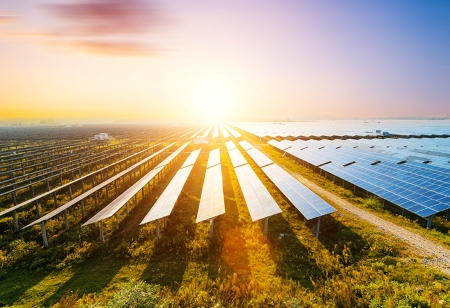
In accordance with a solar manufacturing association, China is expected to add 95 to 120 gigatonnes (GW) of solar power capacity in 2023, or up to 30%, in what would be a record annual capacity increase.
Per the official data, the world's largest solar product manufacturer and solar power generator installed 87.41 GW of new solar power in 2022, bringing the total installed capacity to 392.61 GW.
"The development of solar power stations in China continues to face several problems despite a slight decrease in investment costs," said Wang Bohua, honorary chairman of the China Photovoltaic Industry Association (CPIA) at a conference.
Some local governments have made it mandatory to install energy storage alongside solar farms, and Beijing has tightened restrictions on land and water usage as part of its growing effort to protect farmland.
While the country's solar capacity is rapidly expanding, its solar product exporters are facing more trade disputes and tougher competition in markets such as the United States, the European Union, and India.
"The trade barriers are bringing increasing difficulties for Chinese solar firms seeking to expand in overseas markets, and the rapid development of local manufacturers in those countries will hit China's solar manufacturing industry," Wang said.
The United States banned imports from China's Xinjiang region, including solar products, in December due to concerns about forced labour.
3 GW of solar modules exported from China have been seized by US customs on suspicion of coming from slave labour camps.
According to CPIA data, China exported 36.3 GW of solar wafers and 23.8 GW of solar cells in 2022, up 61% and 131% year on year.
However, exports of solar modules increased at a slower rate of 56% last year as more module plants were built overseas.
"Chinese solar firms should pay greater attention to the competition, as the U.S., EU and other countries are putting in place policies and making actual moves to support their local industry," said Wang.
We use cookies to ensure you get the best experience on our website. Read more...